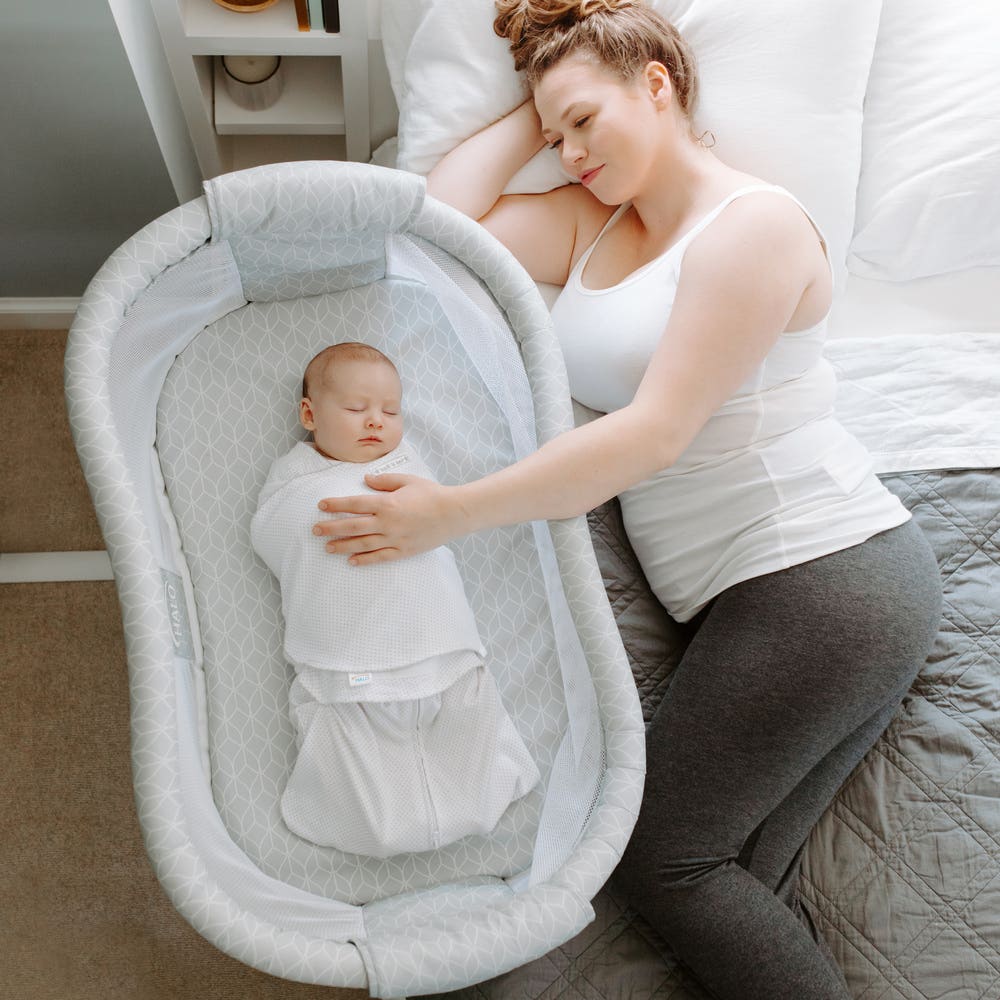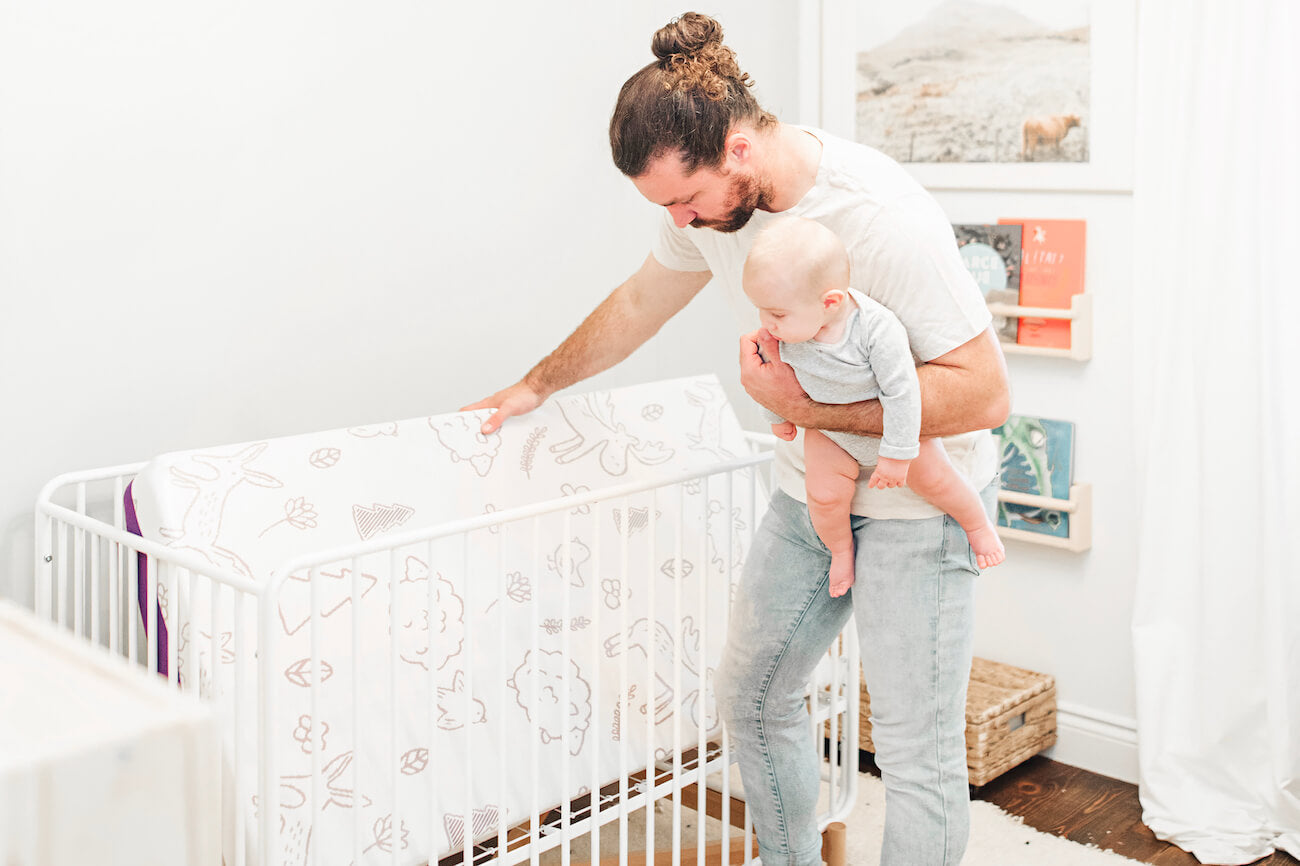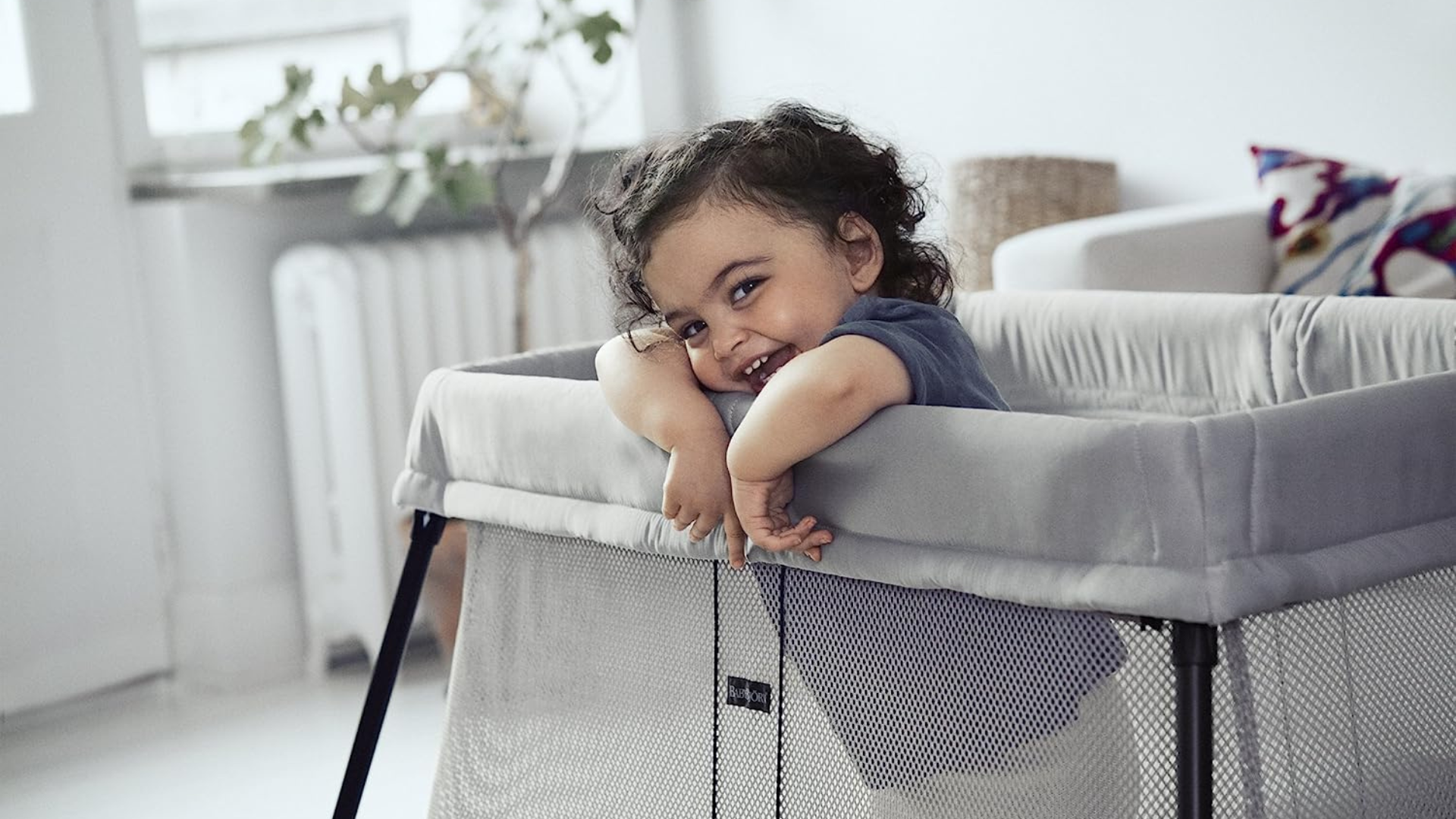As expecting parents, one of the many decisions you’ll face is where your newborn will sleep during those precious early months. With options ranging from traditional cribs to cozy bassinets, it’s essential to weigh the benefits and considerations of each choice. In this comprehensive guide, we’ll explore the differences between cribs and bassinets, helping you make an informed decision that meets the needs of both you and your baby.

Understanding Cribs: The Nursery Staple
Crib Basics
Cribs are sturdy, stationary sleep spaces designed to accommodate babies and young children. Typically made of wood or metal, cribs come in various styles and sizes to suit different preferences and nursery aesthetics.
Long-Term Investment
One of the primary advantages of a crib is its longevity. Unlike bassinets, which are suitable for newborns and young infants, cribs can be used throughout infancy and into toddlerhood with the appropriate mattress adjustments and safety precautions.
Room to Grow
Cribs offer ample space for babies to move and grow, providing a comfortable sleeping environment as they develop and become more active. This extra room allows for freedom of movement without the risk of outgrowing the sleep space too quickly.
Safety Standards
Modern cribs are subject to rigorous safety standards to ensure the well-being of infants and toddlers. Look for cribs that meet or exceed established safety guidelines, including proper spacing between slats, secure hardware, and non-toxic finishes.

Exploring Bassinets: Cozy Comfort for Newborns
Bassinet Basics
Bassinets are small, portable sleepers designed specifically for newborns and young infants. These cozy sleep spaces typically feature a hood or canopy and are often made of lightweight materials such as wicker, fabric, or plastic.
Close Proximity
One of the primary advantages of a bassinet is its portability and compact size, making it ideal for placement in the parent’s bedroom for easy nighttime feedings and comforting. The close proximity to the parent’s bed promotes bonding and facilitates caregiver responsiveness.
Transitional Tool
While bassinets are suitable for newborns, they are not intended for long-term use. Most infants outgrow bassinets by around 4-6 months of age or when they begin to roll over or sit up independently. However, bassinets can serve as a transitional sleep space before transitioning to a crib.
Versatility
Bassinets come in various designs, including bedside sleepers that attach to the parent’s bed for added convenience and accessibility. Some models also feature rocking or swaying motions to soothe fussy infants, providing a gentle and comforting sleep environment.

Making the Decision: Factors to Consider
Space Constraints
Consider the layout and size of your nursery or bedroom when choosing between a crib and a bassinet. If space is limited, a bassinet may be a practical choice for its smaller footprint and portability.
Parenting Lifestyle
Take into account your parenting lifestyle and preferences when selecting a sleep space for your baby. If you value close proximity and easy access during nighttime feedings and comforting, a bassinet may be the preferred option. However, if you prioritize longevity and versatility, a crib may better suit your needs.
Budget Considerations
Evaluate your budget and financial considerations when weighing the costs of cribs and bassinets. While bassinets are typically less expensive than cribs, keep in mind that you may need to transition to a crib once your baby outgrows the bassinet, potentially resulting in additional expenses down the line.
Safety and Peace of Mind
Above all, prioritize safety when choosing a sleep space for your baby. Ensure that whichever option you select meets current safety standards and guidelines to minimize the risk of accidents or injuries. Additionally, trust your instincts and choose the sleep space that provides you with peace of mind and confidence in your baby’s well-being.

Considering Convenience: Exploring Bassinets Further
Bassinet Features
In addition to their compact size and portability, bassinets often come equipped with features designed to enhance convenience for both parents and babies. Look for models with adjustable heights to align with the parent’s bed, facilitating easy access for nighttime feedings and comforting. Some bassinets also include storage pockets or trays for keeping essential items such as diapers, wipes, and pacifiers within arm’s reach.
Travel-Friendly Options
For families on the go, there are travel-friendly bassinets available that fold or collapse for easy transport and storage. These lightweight and portable sleepers are perfect for overnight trips, visits to family and friends, or simply moving from room to room within your home. With their convenience and versatility, travel bassinets provide a familiar sleep environment for your baby wherever you go.

Balancing Style and Safety with Cribs
Crib Design
While safety is paramount when selecting a crib for your baby, you can also consider the aesthetic appeal and design elements to complement your nursery decor. Cribs come in a variety of styles, from sleek and modern to classic and traditional, allowing you to choose a look that reflects your personal taste and preferences. Whether you prefer clean lines, intricate detailing, or eco-friendly materials, there’s a crib design to suit every style sensibility.
Convertible Options
For added versatility and value, consider investing in a convertible crib that can adapt to your child’s changing needs as they grow. Convertible cribs are designed to transform into toddler beds, daybeds, or even full-size beds with the appropriate conversion kits, extending their lifespan well beyond the infant and toddler years. This innovative feature allows you to maximize the use of your crib investment while seamlessly transitioning with your child through each developmental stage.
Final Considerations: Putting Safety First
Regulatory Compliance
When selecting a crib or bassinet for your baby, it’s essential to ensure that the product meets all relevant safety standards and regulations. Look for certifications such as the Juvenile Products Manufacturers Association (JPMA) seal or compliance with ASTM International safety standards to provide reassurance of the product’s safety and quality.
Conclusion: Finding the Perfect Sleep Solution
Choosing between a crib and a bassinet is a personal decision that depends on various factors, including space constraints, parenting preferences, budget considerations, and safety concerns. Whether you opt for the long-term durability of a crib or the cozy comfort of a bassinet, prioritize safety and suitability for your baby’s needs. By carefully weighing the benefits and considerations of each option, you can select a sleep solution that provides both you and your baby with peace of mind and restful nights for years to come.
